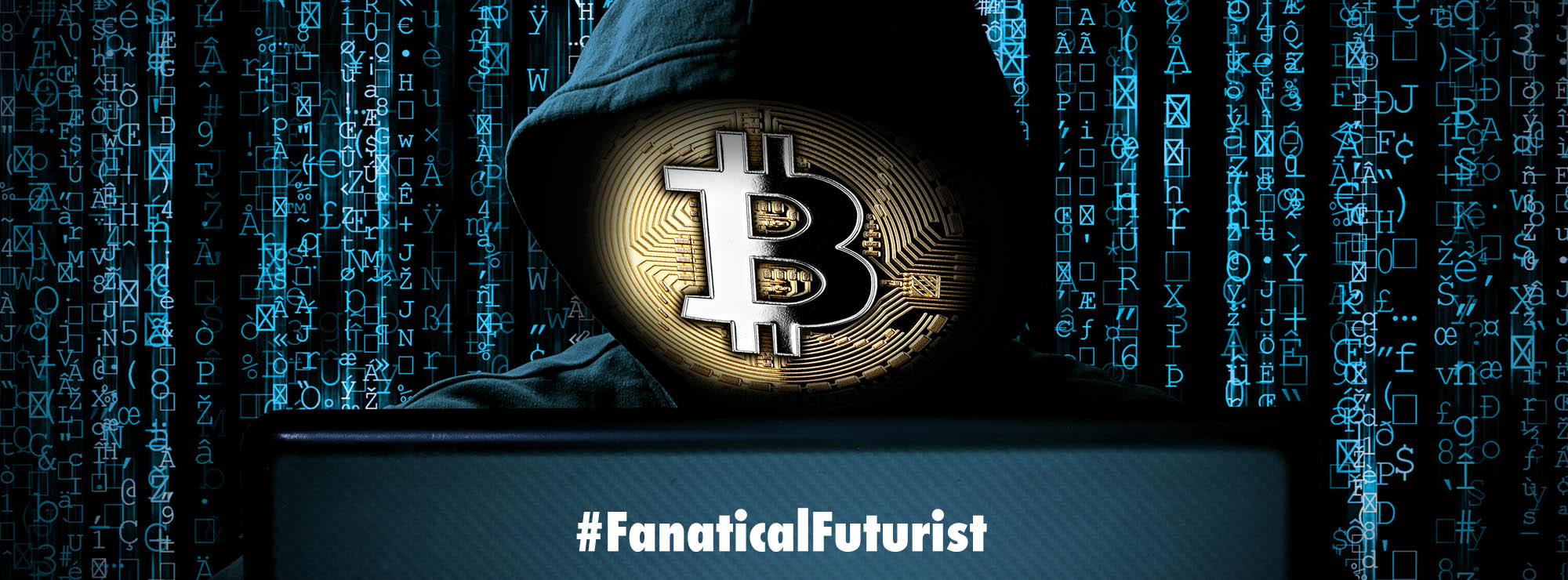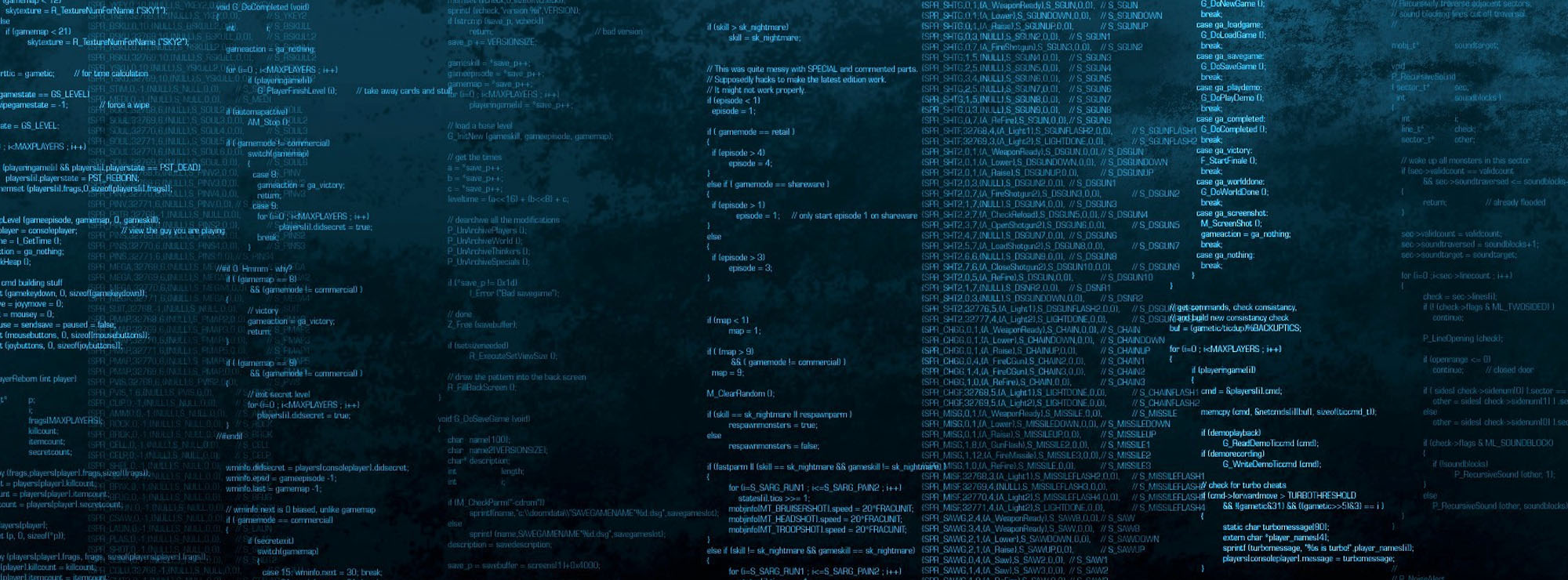WHY THIS MATTERS IN BRIEF
Quantum computers can process information billions of times faster than the world’s largest supercomputers, and they’re also highly secure.
 Love the Exponential Future? Join our XPotential Community, future proof yourself with courses from XPotential University, read about exponential tech and trends, connect, watch a keynote, or browse my blog.
Love the Exponential Future? Join our XPotential Community, future proof yourself with courses from XPotential University, read about exponential tech and trends, connect, watch a keynote, or browse my blog.
Encryption and secure data transmission have, for so long, relied on complex mathematical algorithms that take too long to be broken down. The advent of quantum computers, however, has taken the shackles off computing power. Is our data suddenly vulnerable? Researchers from Leibniz Universität Hannover (LUH), Physikalisch-Technische Bundesanstalt (PTB) in Braunschweig, and the University of Stuttgart have introduced a groundbreaking method for secure communication in the quantum age.
This development uses semiconductor quantum dots and Quantum Key Distribution (QKD) and will potentially revolutionize how sensitive information is protected from cyber threats.
QKD is a method to securely exchange encryption keys between two parties. This approach leverages the principles of quantum mechanics to generate random keys that are impossible to crack even by quantum computers.
QKD utilizes single photons as carriers of quantum keys. Any attempt to intercept the communication introduces errors in the signal leading to its immediate detection. However, the limitations of current quantum light sources have made it challenging to establish large networks with QKD despite continuous optimization.
The research team, led by Professors Fei Ding, Stefan Kück, and Peter Michler, turned to semiconductor quantum dots as single-photon sources. This approach helped them achieve high secure key transmission rates over a 49-mile (79-kilometer) distance between Hannover and Braunschweig.
“We work with quantum dots, which are tiny structures similar to atoms but tailored to our needs,“ explained Professor Fei Ding. “For the first time, we used these ‘Artificial atoms’ in a quantum communication experiment between two different cities. This setup, known as the ‘Niedersachsen Quantum Link,’ connects Hannover and Braunschweig via optical fiber.”
Quantum communication leverages the quantum characteristics of light to ensure that messages remain secure from interception. “Quantum dot devices emit single photons, whose polarization we control and send to Braunschweig for measurement,” Ding elaborated.
The collaborative effort was supported by the European Research Council (ERC), the German Federal Ministry of Education and Research (BMBF), and other partners. The current work was conducted within the Cluster of Excellence QuantumFrontiers.
“Comparative analysis with existing QKD systems involving single-photon sources reveals that the SKR achieved in this work goes beyond all current SPS-based implementations,” remarked the study’s first author, Dr. Jingzhong Yang. “Even without further optimization, it approaches the levels attained by established decoy state QKD protocols based on weak coherent pulses.”
The research team’s findings suggest a promising future for semiconductor quantum dots in quantum communication. Besides facilitating secure communication, Quantum dots also offer the potential for quantum repeaters and distributed quantum sensing.
They allow for the inherent storage of quantum information and can emit photonic cluster states. These capabilities promise the seamless integration of semiconductor single-photon sources into large-scale and high-capacity quantum communication networks.
“Some years ago, we only dreamt of using quantum dots in real-world quantum communication scenarios. Today, we are thrilled to demonstrate their potential for many more fascinating experiments and applications in the future, moving towards a ‘quantum internet,’” Ding added.
Details of the team’s research were published in the journal Light: Science & Applications.















